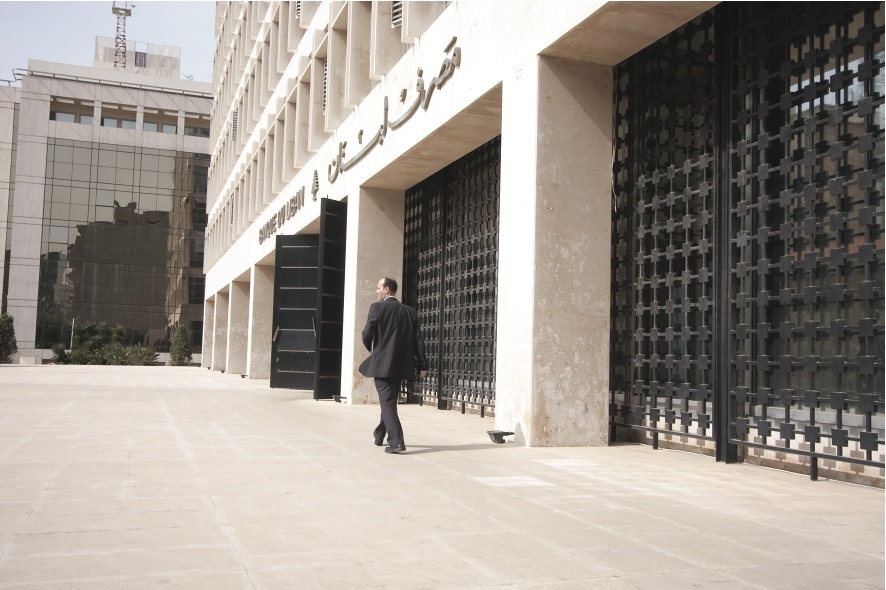Dissecting recent Lebanese economic developments
written by Marwan Mikhael
Marwan Mikhael
Experienced Head Of Research with a demonstrated history of working in the investment banking industry. Have excellent Managerial and Analytical Skills. Skilled in Fiscal, Monetary Economics, Macroeconomics, and Mergers and acquisitions. Strong research professional with a Master focused on Economics from Saint Joseph University.

